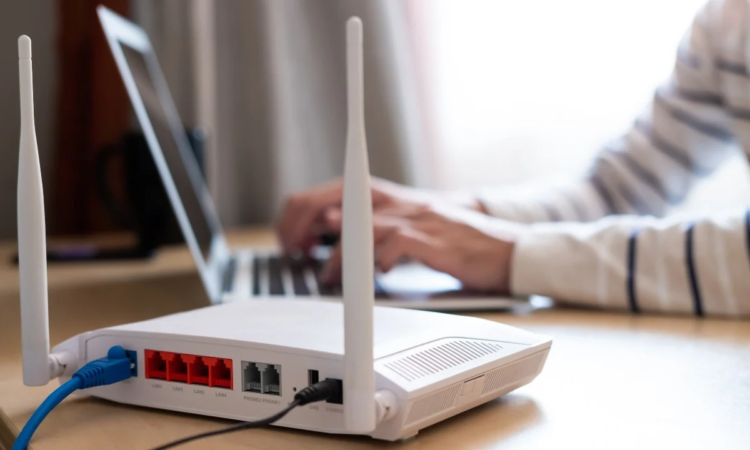
In today’s digital age, establishing a stable network connection is essential for many computing tasks, whether for work, gaming, or general internet use. Connecting your computer to a router or switch allows you to access the internet, communicate with other devices on your network, and more. Here’s a step-by-step guide to help you set up a network connection.
Understanding the Basics
Before you start, it’s important to understand the basic components involved:
- Computer: The device you’re using—whether a laptop, desktop, or tablet—that will be the endpoint for network communication.
- Router: A hub that directs network traffic between your computer, modem, and other devices. Routers are often wireless and can handle connections to multiple devices. Popular router brands include Linksys, Netgear, and TP-Link.
- Switch: A device that facilitates communication within a Local Area Network (LAN) and allows multiple devices to connect to the same network. Unlike routers, switches typically do not connect directly to the internet but help in managing local network traffic. Popular switch brands include Cisco, Ubiquiti, and TP-Link.
Gather the Required Equipment
Make sure you have all the necessary equipment:
- A computer (laptop, desktop, or tablet)
- A router or switch (if applicable)
- An Ethernet cable
- Power adapters for your router or switch
Step-by-Step Connection Process
- Physical Connection
Connect one end of the Ethernet cable to the Ethernet port on your computer and the other end to an available port on the router or switch. Repeat this process for every device you wish to connect to the network. - Power On
Plug in the power adapters to your router and switch, if applicable, and turn them on. Allow a few minutes for the devices to boot up and establish initial connections. - Configure Network Settings
If manual configuration is required, follow these steps:- Open a web browser on your computer.
- Enter the default IP address of your router or switch (usually found in the device’s manual) into the address bar.
- Log in using the default credentials provided in the manual.
- Follow the on-screen instructions to configure the basic network settings, including IP address, Subnet Mask, and DHCP settings.
- Test the Connection
After configuring the network settings, test the connection by opening a web browser and visiting a website. If the website loads successfully, you are connected to the internet!
Advanced Configurations
For advanced users, additional configuration options are available on most routers and switches, including:
- Port Forwarding: Allows specific traffic to be directed to particular devices on your network.
- Quality of Service (QoS): Prioritizes certain types of network traffic to ensure optimal performance for critical applications.
- VLAN Setup: Creates separate virtual networks within the same physical network for better security and traffic management.
For detailed instructions on these advanced features, consult your device’s manual or look for online resources.
By following these steps, you can successfully connect your computer to your router or switch and enjoy a stable network connection for all your computing needs.
This post was written by a professional at Link-Us Online. At Link-Us Online, we understand the power of networking and its potential to improve the efficiency of your business. Our team empowers users to discover and acquire high-quality networking hardware from a diverse range of suppliers. We offer a range of industry-leading solutions from top brands such as Cisco, Meraki, HPE, Juniper, APC, Fortinet, and Ubiquiti. Whether you’re a small business owner seeking reliable equipment for your expanding network or someone in the purchasing department working for universities, real estate management companies, or local governments hunting for specific gear, Link-Us Online is your dedicated ally. Contact us if you are looking for Meraki network equipment.
